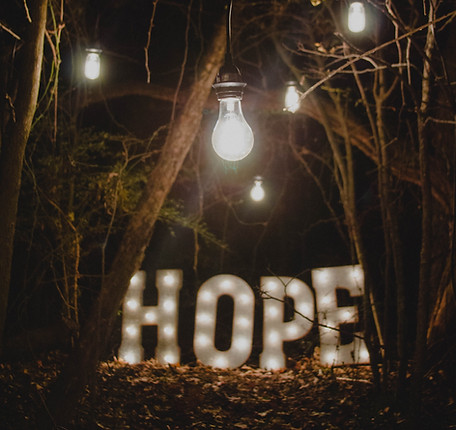
About Us
The Psychology of Hope and Well-Being Research Lab @DLSU or the HopeLab@DLSU is a team of researchers interested in different facets of well-being and mental health. The HopeLab@DLSU mainly focuses on studying hope using the locus-of-hope model but is also involved in other research questions on the role of positive concepts and strengths in well-being. The HopeLab@DLSU is also focused on using culturally appropriate psychological assessments and in developing positive psychological interventions with Filipinos.

Our Research Program
The goals of our research program are aligned with the UNDP's Sustainable Development Goal of "health and well-being for all" (https://sustainabledevelopment.un.org/sdg3). We focus on research questions related to mental health and psychological well-being, and we focus on using preventive and positive psychological approaches in addressing these questions.
Our work seeks to contextualize our understanding of these positive psychological concepts and interventions in the Philippine and Asian contexts. As such, we also focus on validating concepts and measures of hope and other well-being concepts in Philippine contexts.

Photo by Joey Pilgrim on Unsplash
Locus-of-Hope Model
The locus-of-hope model extends the Snyder's hope theory by taking into account more culturally diverse constructions of agency in hopeful thinking. The model assumes that hope involves positive thoughts related to one's ability, determination, and strategies in achieving important life goals. The model assumes that agency in goal pursuit involves both internal or personal agency but also external or shared agency with one's family, peers, and spiritual or supernatural forces. (https://doi.org/10.1016/j.paid.2010.07.036)
The locus-of-hope model defines four dimensions of hope: internal, external-family, external-peer, and external-spiritual loci-of-hope. These are typically measured using the 40-item Locus-of-Hope Scale.
Research on the locus-of-hope model has revealed positive outcomes of internal and external locus-of-hope dimensions in students, young adolescents, women victims of intimate partner violence, migrant workers, low-skilled workers among other populations in various Asian and North American samples.
